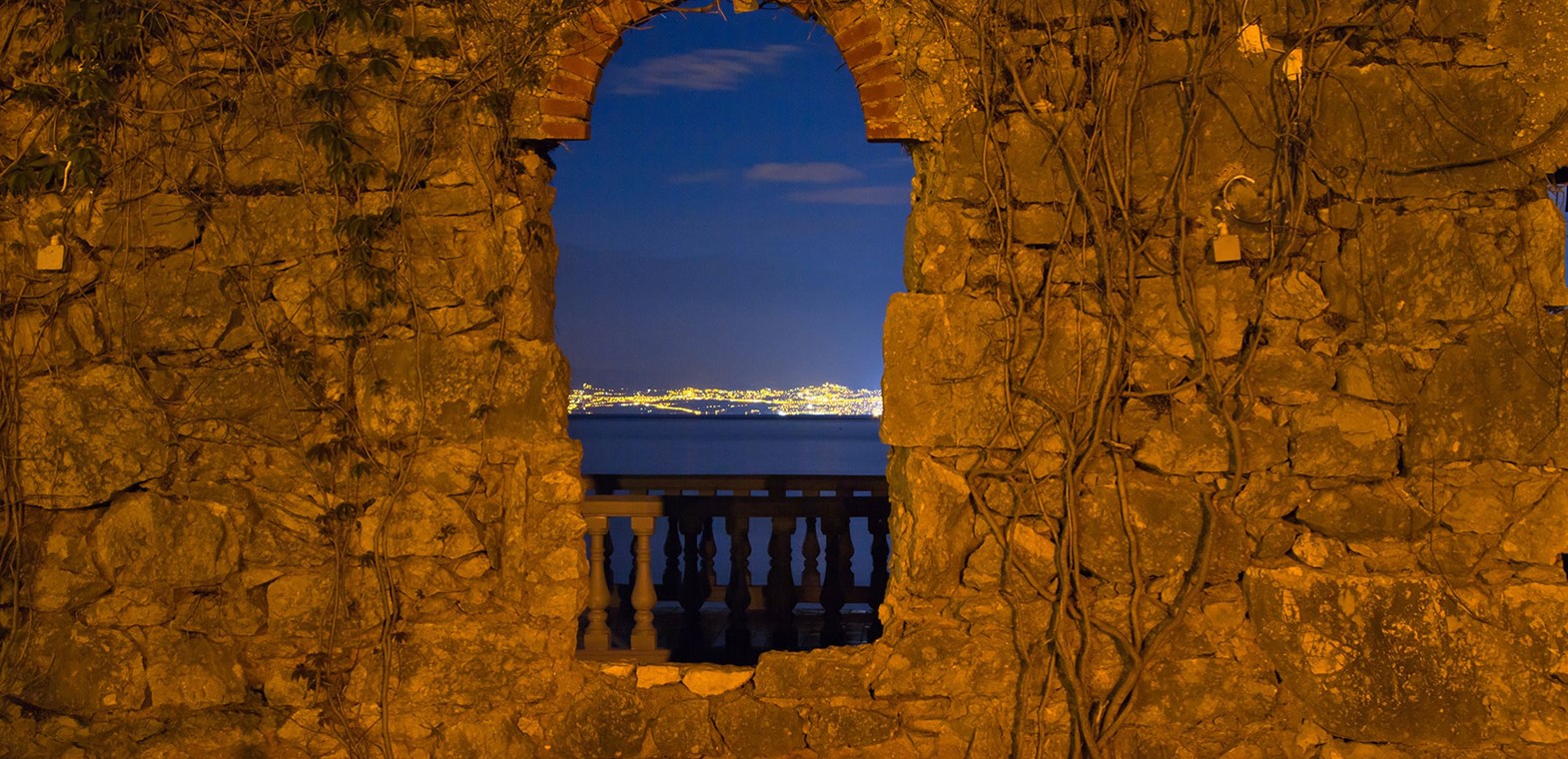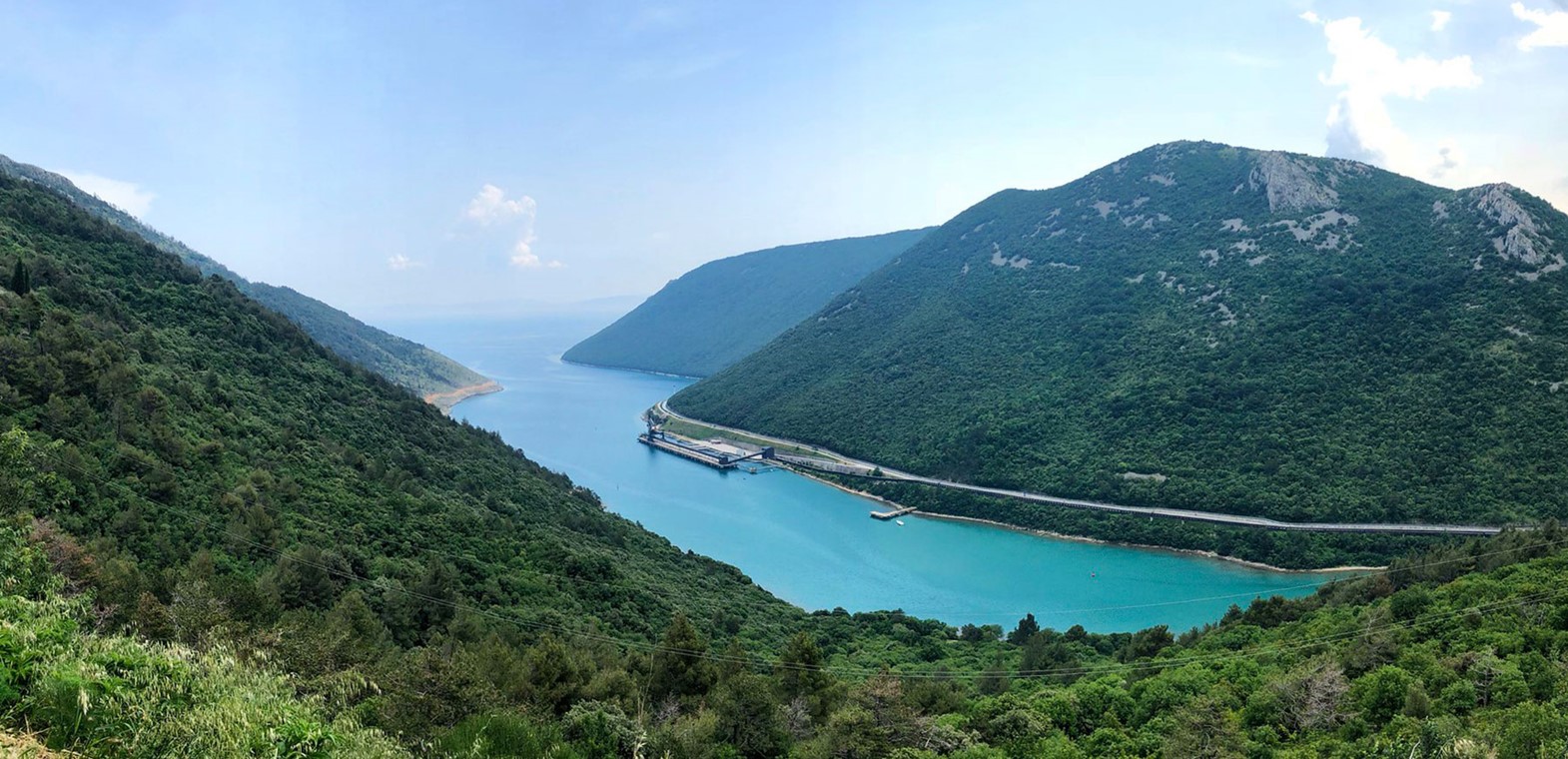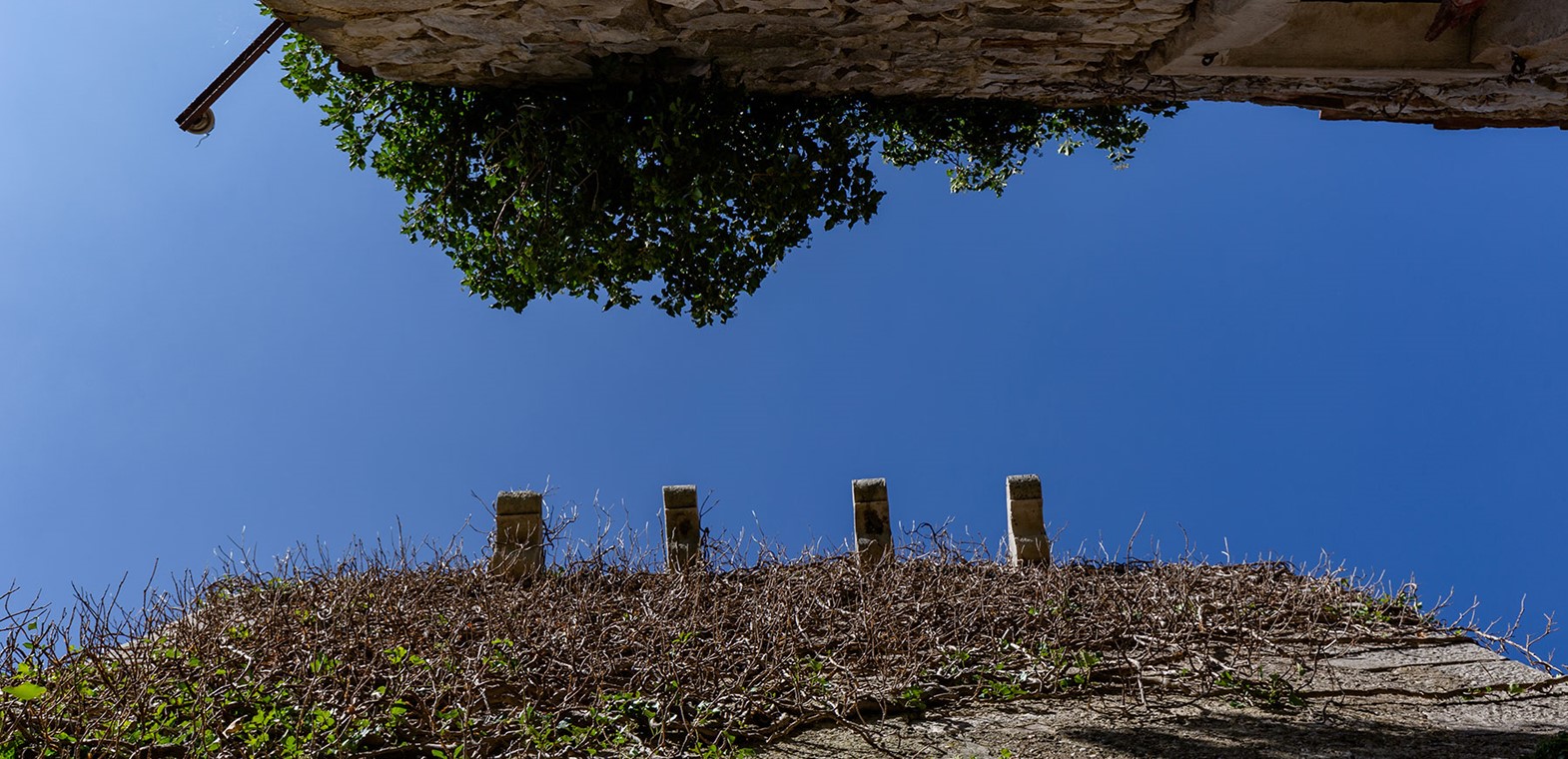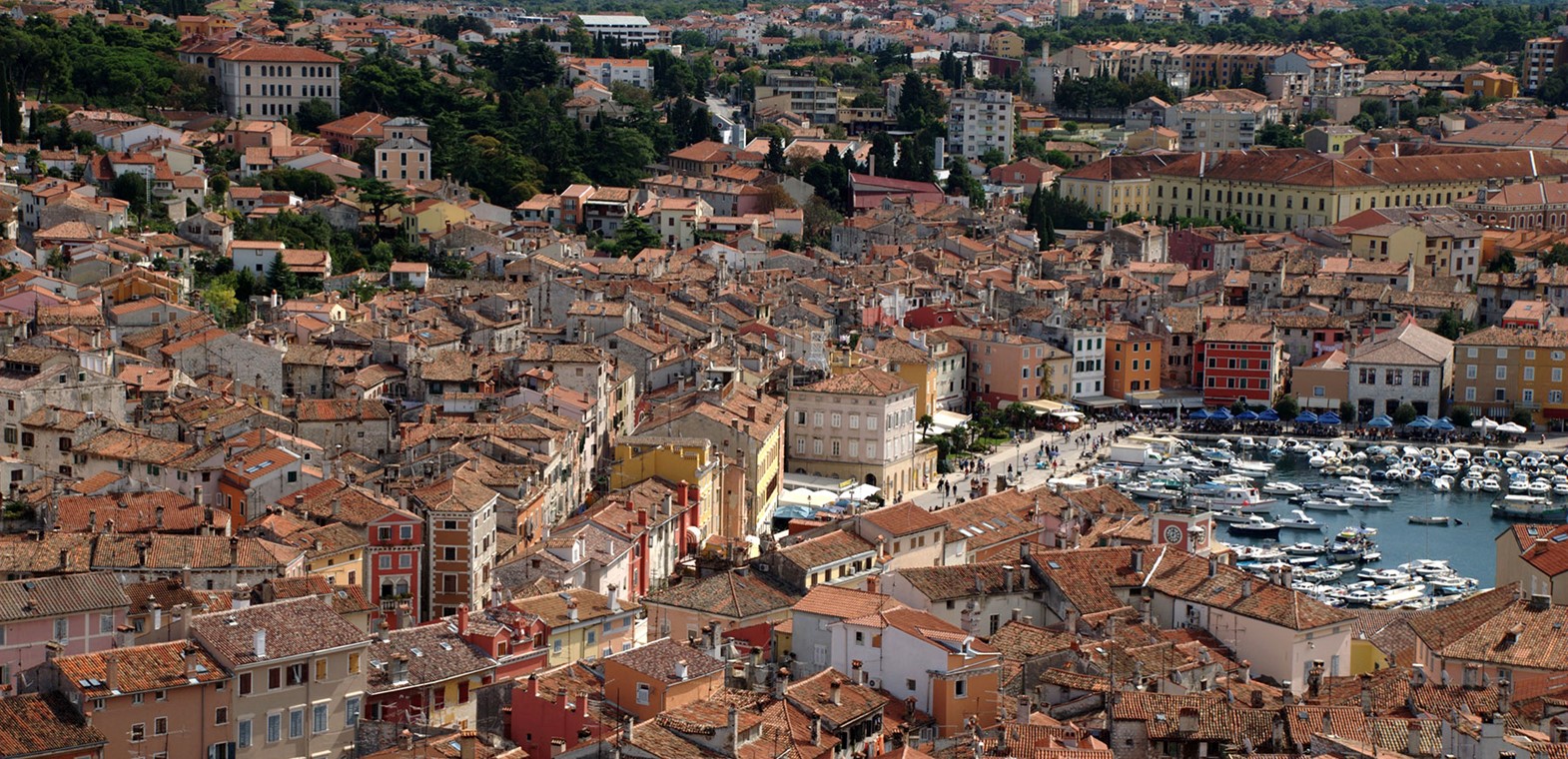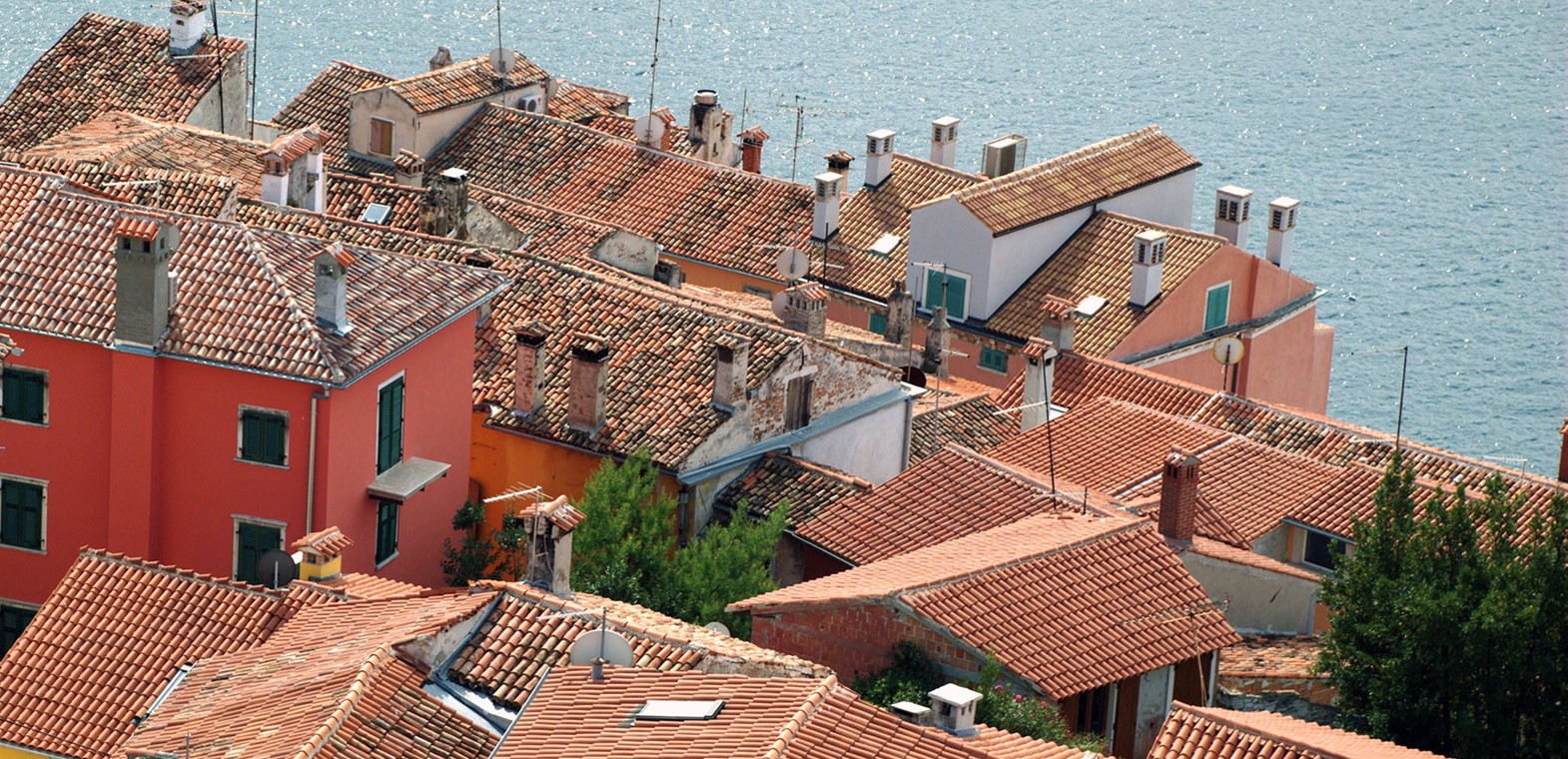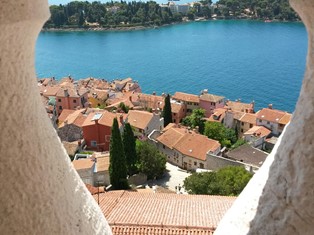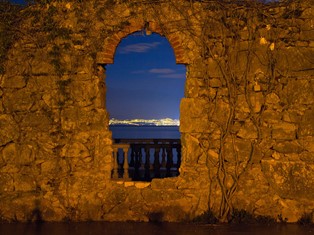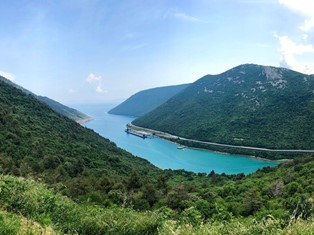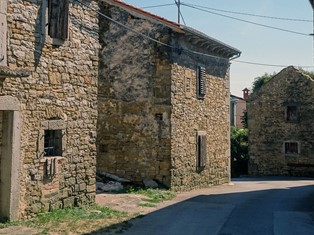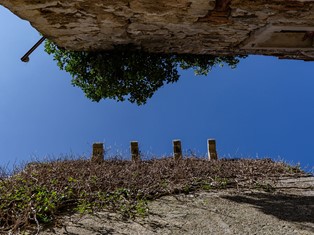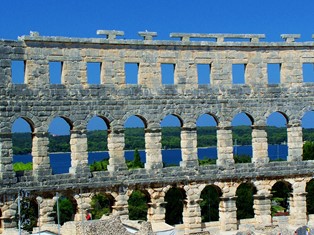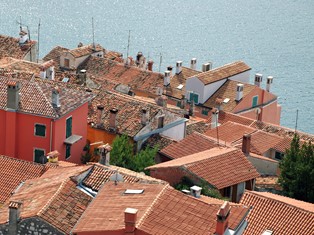Experience Istria
“A heart-shaped piece of land immersed into the waves of the Adriatic Sea, that's Istria!”
Apart from the sea, Istria has other aquatic attractions: its rivers, their lush valleys and estuaries of alluring beauty.
The Mirna River with its 32 km of flow is the longest river in Istria. Its source is in the Kotla valley and on its way to the sea it passes the Buzet basin and the Motovun valley to finally reach its estuary near Antenal.
In the northern part of Istria, overlooking the Mirna River valley, lies the best know and the most appealing Istrian medieval town of Motovun. This captivating hilltop town is one of the characteristic symbols of central Istria.
Numerous cultural events are held there, the most prominent of them being the international Motovun Film Festival, which takes place yearly at the end of July, with renowned film artists from all over the world. Motovun is also interesting for balloonists and paraglider pilots. Its favourable microclimate allows for flying the whole year round, so Motovun hosts several ballooning events.
The Motovun Forest, which stretches along the river Mirna valley, is widely known in the gourmet world for harvesting truffles, precious underground mushrooms that are believed to have aphrodisiacal powers. Istrian white truffles, which are in season from September to December, are said to match the quality of the finest Italian and French truffles.
Opposite Motovun you will find the picturesque town of Oprtalj and the village of Livade, known for its Truffle Days held every year from September to November. There is also a special annual festival with a contest for the largest truffle. Motovun is surrounded by vineyards producing grapes for the finest Istrian wines: the white wine Malvasia and the red Teran. Numerous taverns and restaurants offer authentic Istrian delicacies: meat of the indigenous cattle boškarin, Istrian prosciutto and cheeses, truffles, wild asparagus, pasta fuži, pork chop ombolo, and traditional Istrian sweets: fritule, kroštule and cukerančići.
In the close vicinity you will find Istarske toplice, a thermal health resort.
From the small town of Vižinada, situated on a hill above the Mirna valley, you can witness one of the most beautiful views of the Green and Blue Istria. The streets of Vižinada will delight you with sweets smells of baking during the traditional event Sweet Istria (Slatka Istra) and folk festivity Kroštulijada.
The nearby town of Poreč was the first Roman colony in Istria alongside Pula. The streets of the old town continue to preserve their ancient layout and the remains of the Roman temple. The entire complex of the Euphrasius’ Basilica is protected by UNESCO, with its distinctive Byzantine mosaics and the remains of the church from the Roman era.
This gentle region, rich in history and culture brims with cultural, gastronomic, and biological diversity. The pride of Istria are its gorgeous beaches and its clean sea, but there’s another side to water in Istria – the wildly fun one! Swimming pools, water slides of all shapes and sizes, and other sports activities in the Istralandia waterpark are all a guarantee for crazy water fun in Istria.
Parenzana is a narrow-gauge railway, which used to operate through northwest Istria from 1902 to 1935, connecting the port towns of Trieste and Poreč with the interior. In just 33 years of operation this railway greatly contributed to the economic progress of this part of Istria, transporting wine and olive oil from the surroundings of Buje and Motovun, salt from the salt-pans of Piran and Sečovlje, Istrian stone, lime, coal and wood, various agricultural products and, of course, passengers.
With its 123 km of tracks this small railway connected 33 towns and villages from Poreč to Trieste, and if it were still operational today, it would pass through the territories of three countries: Italy, Slovenia, and Croatia.
This railway has left a timeless impact on the entire area, and its route passes near Villa Sara and Villa Star.
On the centenary of the opening of the line, in 2002, an initiative arose to revive this unique railway which in the beginning of the 20th century used to connect people and nations. The project “Parenzana – The Route of Health and Friendship” was initiated in order to adapt the entire railway route for hiking and cycling. Since then the entire route has been adapted and marked by characteristic signposts,
A model of the train that used run on Parenzana is exhibited in Vižinada, you can also visit the Parenzana Museum in Livade. Catch a ride on the tourist train and get a unique experience of the journey through central Istria inspired by history. This ride through the beautiful landscape of the historic Parenzana includes visits to charming villages along the way and tasting of authentic dishes and beverages and lots more.
Travelling along Parenzana at different times of the year, you can come across many different cultural and gastronomic events taking place in Vižinada, Rakotule, Karojba and Motovun.

